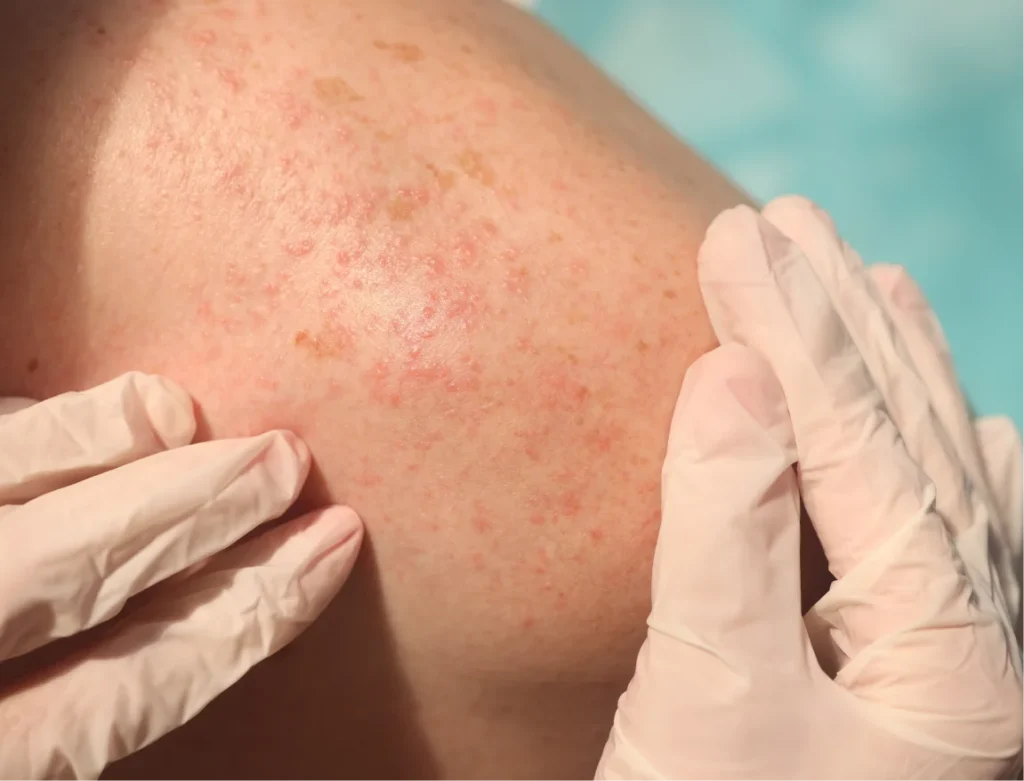Skin cancer is currently the most common type of diagnosed cancer. Skin cancer is most often found in individuals who spend a great deal of time in the sun, are exposed to UV rays in tanning beds, or do not use proper protection such as sunblock, sunglasses, or hats. If caught in time, the area of skin where the damaged cells are located can be removed. However, if skin cancer is not addressed in time it can spread and become potentially fatal. That is why effective prevention methods and avoiding sun exposure is essential for ensuring the optimal health of your skin.
Skin cancer occurs when abnormal skin cells grow at a rate that is uncontrollable. It is caused by mutations that result from damaged DNA skin cells that are unrepaired. When this happens, it creates malignant tumors, or growths, on the surface of skin that appear irregular. Irregular skin cells can be caused by ultraviolet radiation from the sun or tanning beds, or even a genetic mutation that becomes triggered.

There are also various types of skin cancer and precancers that differ in size, shape, and
severity. Different skin cancer types include:
Also referred to solar keratosis, is considered precancerous. It is flaky and scaly in appearance. It is caused by damage and exposure to ultraviolet radiation. When this is present, there is rarely just one patch.
These are abnormal and uncontrolled growths that occur in the basal cells of skin. This type of cell resides in the deepest layer of skin, and is also the most common. Their appearance resembles an open sore with red patches or pink growths.
This is a rare but highly aggressive form of skin cancer. It spreads at a rapid rate, and kills 1 in 3 patients who are diagnosed. It is common among fair skinned individuals.
This is the second most common form of skin cancer. It results from the uncontrolled growth of the squarmous cells in the epidermis layer of skin. They often look like scaly red patches, open sores, or elevated growths.
This is the most dangerous form of skin cancer. These growths develop when unrepaired DNA and cell damage trigger mutations that multiply rapidly and form malignant tumors. They resemble moles in appearance. It is typically caused by intense occasional exposure to harmful UV rays that often lead to a severe sunburn.

Protecting your skin is not only important for maintaining the appearance of skin, but also for preventing the number one type of cancer, skin cancer. Some daily preventative measures that you can take include:
Reach out to Atomic Dermatology for expert skincare solutions and personalized consultations, where your journey to healthier, radiant skin begins with a simple contact.
We will check your location suggestion and release it as soon as possible.